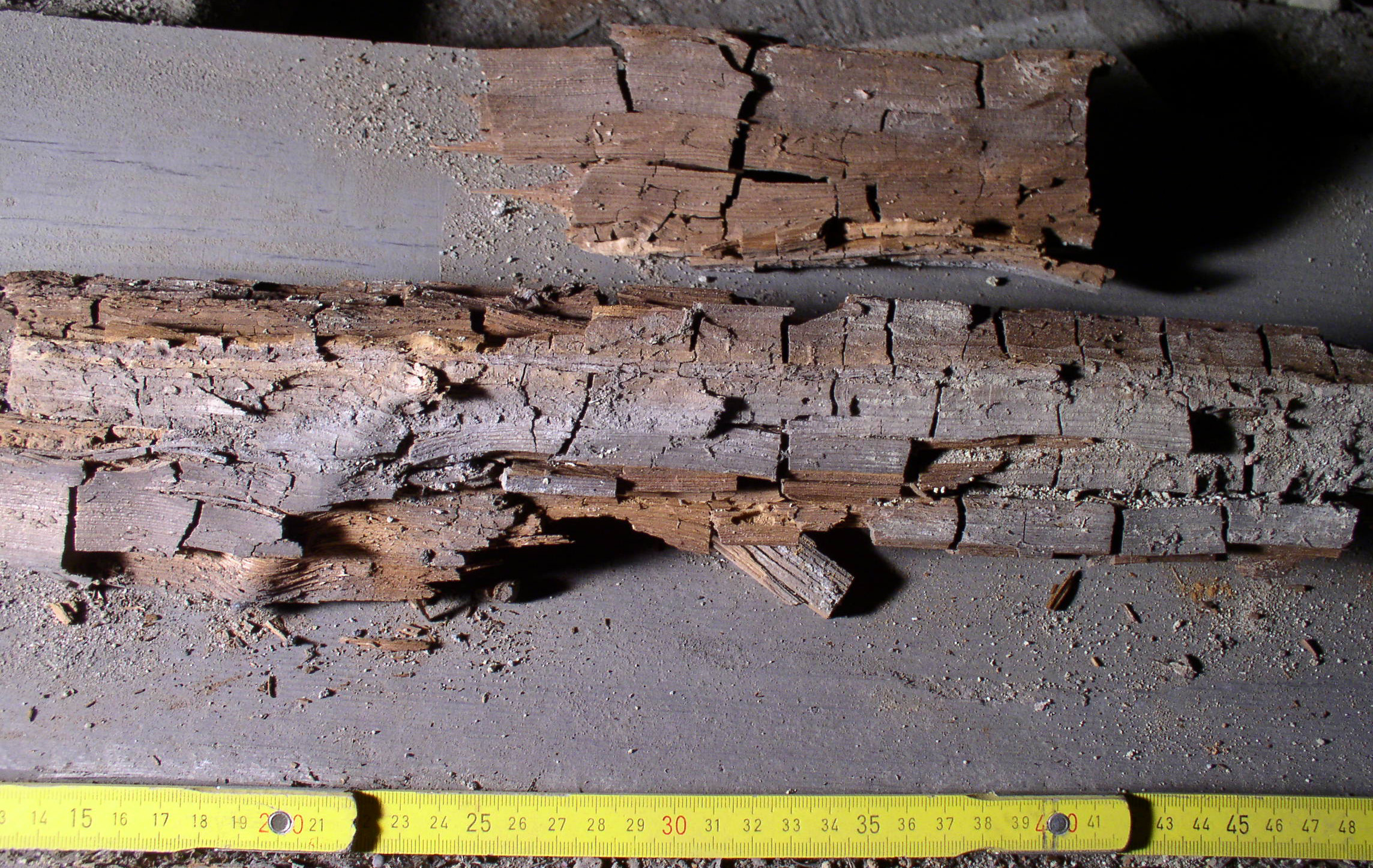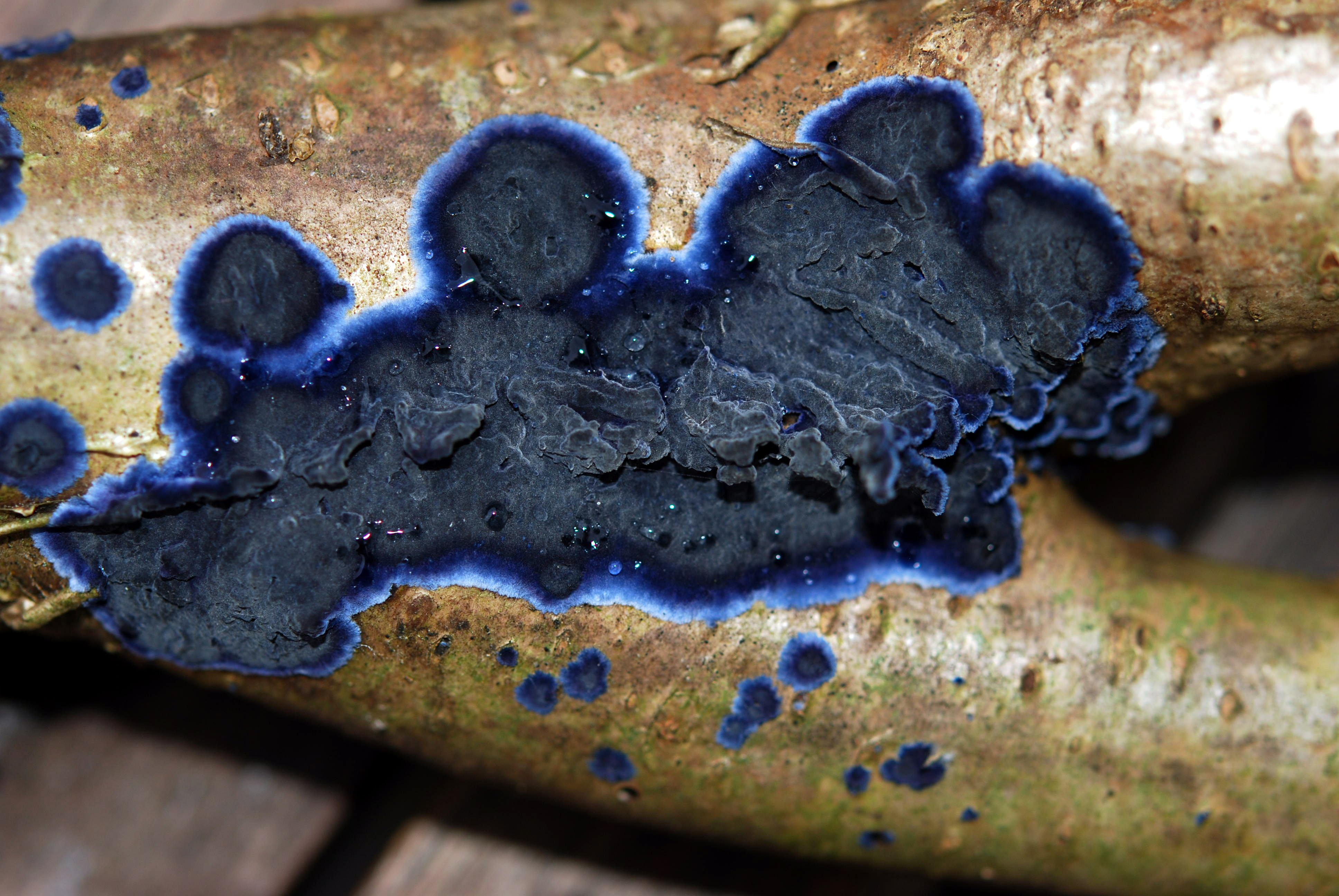|
Crustoderma Dryinum
''Crustoderma dryinum'' is a species of crust fungus in the family Meruliaceae, and the type species of the genus ''Crustoderma''. It is found in Europe and Asia, where it causes a brown rot on conifer Conifers are a group of cone-bearing seed plants, a subset of gymnosperms. Scientifically, they make up the division Pinophyta (), also known as Coniferophyta () or Coniferae. The division contains a single extant class, Pinopsida. All ex ... wood. References Fungi described in 1873 Fungi of Asia Fungi of Europe Meruliaceae Taxa named by Miles Joseph Berkeley Fungus species {{Polyporales-stub ... [...More Info...] [...Related Items...] OR: [Wikipedia] [Google] [Baidu] |
Berk
{{disambiguation ...
Berk may refer to: * Berk (name), a surname, given name, or any of several people with that name * Berk, Bolu, Turkey, a village * Berk Trade and Business School, New York City * Berk, a fictional island in the ''How to Train Your Dragon'' series of books and films * , a torpedo cruiser of the Ottoman Navy later renamed ''Berk'' * Berk, rhyming slang often used to mean "foolish person" * ''Berk.'', taxonomic author abbreviation of Miles Joseph Berkeley (1803–1889), English cryptogamist and founder of the science of plant pathology See also * Berk–Tabatznik syndrome, a medical condition * De Berk (other) * Berks (other) * Birk (other) Birk may refer to: * Birk (market place), a demarcated area with its own laws and privileges, the Bjarkey laws * Reykjavík Airport's ICAO code "BIRK" * Birk (name), a given name and surname * ''Birk'', the German name for Petelea Commune, Mureș ... [...More Info...] [...Related Items...] OR: [Wikipedia] [Google] [Baidu] |
Meruliaceae
The Meruliaceae are a family of fungi in the order Polyporales. According to a 2008 estimate, the family contains 47 genera and 420 species. , Index Fungorum accepts 645 species in the family. Taxonomy The family was formally circumscribed by English mycologist Carleton Rea in 1922, with ''Merulius'' as the type genus. He also included the genera '' Phlebia'', ''Coniophora'' (now placed in the Coniophoraceae), and ''Coniophorella'' (now considered a synonym of ''Coniophora''). His description of the Meruliaceae was as follows: "Hymenium spread over veins, anastomosing pores, or quite smooth; ''edge of veins or pores fertile.''" Several genera formerly classified in the Meruliaceae were moved to the family Steccherinaceae based on molecular evidence. Description Meruliaceae species are crust-like or polyporoid, and often have a waxy appearance when dry. Their hyphal systems are monomitic (containing only tightly arranged generative hyphae), and these hyphae have clamp connect ... [...More Info...] [...Related Items...] OR: [Wikipedia] [Google] [Baidu] |
Fungi Of Europe
A fungus ( : fungi or funguses) is any member of the group of eukaryotic organisms that includes microorganisms such as yeasts and molds, as well as the more familiar mushrooms. These organisms are classified as a kingdom, separately from the other eukaryotic kingdoms, which by one traditional classification include Plantae, Animalia, Protozoa, and Chromista. A characteristic that places fungi in a different kingdom from plants, bacteria, and some protists is chitin in their cell walls. Fungi, like animals, are heterotrophs; they acquire their food by absorbing dissolved molecules, typically by secreting digestive enzymes into their environment. Fungi do not photosynthesize. Growth is their means of mobility, except for spores (a few of which are flagellated), which may travel through the air or water. Fungi are the principal decomposers in ecological systems. These and other differences place fungi in a single group of related organisms, named the ''Eumycota'' (''true ... [...More Info...] [...Related Items...] OR: [Wikipedia] [Google] [Baidu] |
Fungi Described In 1873
A fungus ( : fungi or funguses) is any member of the group of eukaryotic organisms that includes microorganisms such as yeasts and molds, as well as the more familiar mushrooms. These organisms are classified as a kingdom, separately from the other eukaryotic kingdoms, which by one traditional classification include Plantae, Animalia, Protozoa, and Chromista. A characteristic that places fungi in a different kingdom from plants, bacteria, and some protists is chitin in their cell walls. Fungi, like animals, are heterotrophs; they acquire their food by absorbing dissolved molecules, typically by secreting digestive enzymes into their environment. Fungi do not photosynthesize. Growth is their means of mobility, except for spores (a few of which are flagellated), which may travel through the air or water. Fungi are the principal decomposers in ecological systems. These and other differences place fungi in a single group of related organisms, named the ''Eumycota'' (''true fungi' ... [...More Info...] [...Related Items...] OR: [Wikipedia] [Google] [Baidu] |
Conifer
Conifers are a group of cone-bearing seed plants, a subset of gymnosperms. Scientifically, they make up the division Pinophyta (), also known as Coniferophyta () or Coniferae. The division contains a single extant class, Pinopsida. All extant conifers are perennial woody plants with secondary growth. The great majority are trees, though a few are shrubs. Examples include cedars, Douglas-firs, cypresses, firs, junipers, kauri, larches, pines, hemlocks, redwoods, spruces, and yews.Campbell, Reece, "Phylum Coniferophyta". Biology. 7th. 2005. Print. P. 595 As of 1998, the division Pinophyta was estimated to contain eight families, 68 genera, and 629 living species. Although the total number of species is relatively small, conifers are ecologically important. They are the dominant plants over large areas of land, most notably the taiga of the Northern Hemisphere, but also in similar cool climates in mountains further south. Boreal conifers have many wintertime ada ... [...More Info...] [...Related Items...] OR: [Wikipedia] [Google] [Baidu] |
Wood-decay Fungus
A wood-decay or xylophagous fungus is any species of fungus that digests moist wood, causing it to rot. Some species of wood-decay fungi attack dead wood, such as brown rot, and some, such as '' Armillaria'' (honey fungus), are parasitic and colonize living trees. Excessive moisture above the fibre saturation point in wood is required for fungal colonization and proliferation. In nature, this process causes the breakdown of complex molecules and leads to the return of nutrients to the soil. Wood-decay fungi consume wood in various ways; for example, some attack the carbohydrates in wood and some others decay lignin. The rate of decay of wooden materials in various climates can be estimated by empirical models.Viitanen, T. et al. (2010). Towards modelling of decay risk of wooden materials. European Journal of Wood and Wood Products 68:303-313. Wood-decay fungi can be classified according to the type of decay that they cause. The best-known types are brown rot, soft rot, and wh ... [...More Info...] [...Related Items...] OR: [Wikipedia] [Google] [Baidu] |
Crustoderma
''Crustoderma'' is a genus of crust fungi in the family Meruliaceae. Species *''Crustoderma borbonicum'' Boidin & Gilles (1991) *''Crustoderma carolinense'' Nakasone (1984) *''Crustoderma corneum'' (Bourdot & Galzin) Nakasone (1984) *''Crustoderma dryinum'' (Berk. & M.A.Curtis) Parmasto (1968) *''Crustoderma efibulatum'' Kotir. & Saaren. (2006) *''Crustoderma fibuligerum'' (K.S.Thind & S.S.Rattan) Duhem (2010) *''Crustoderma flavescens'' Nakasone & Gilb. (1982) *''Crustoderma fuscatum'' Gilb. & Nakasone (2003) *''Crustoderma gigacystidium'' Gilb. & Hemmes (2001) *''Crustoderma longicystidiatum'' (Litsch.) Nakasone (1984) *''Crustoderma marianum'' Nakasone (1984) *''Crustoderma nakasoneae'' Gilb. & M.Blackw. (1988) *''Crustoderma opuntiae'' Nakasone & Gilb. (1982) *''Crustoderma patricium'' (G.Cunn.) Nakasone (1984) *''Crustoderma resinosum'' (H.S.Jacks. & Dearden) Gilb. (1981) *''Crustoderma testatum'' (H.S.Jacks. & Dearden) Nakasone (1985) *''Crustoderma triste'' (Litsch. & S.Lun ... [...More Info...] [...Related Items...] OR: [Wikipedia] [Google] [Baidu] |
Type Species
In zoological nomenclature, a type species (''species typica'') is the species name with which the name of a genus or subgenus is considered to be permanently taxonomically associated, i.e., the species that contains the biological type specimen(s). Article 67.1 A similar concept is used for suprageneric groups and called a type genus. In botanical nomenclature, these terms have no formal standing under the code of nomenclature, but are sometimes borrowed from zoological nomenclature. In botany, the type of a genus name is a specimen (or, rarely, an illustration) which is also the type of a species name. The species name that has that type can also be referred to as the type of the genus name. Names of genus and family ranks, the various subdivisions of those ranks, and some higher-rank names based on genus names, have such types. [...More Info...] [...Related Items...] OR: [Wikipedia] [Google] [Baidu] |
Crust Fungus
The corticioid fungi are a group of fungi in the Basidiomycota typically having effused, smooth basidiocarps (fruit bodies) that are formed on the undersides of dead tree trunks or branches. They are sometimes colloquially called crust fungi or patch fungi. Originally such fungi were referred to the genus '' Corticium'' ("corticioid" means ''Corticium''-like) and subsequently to the family '' Corticiaceae'', but it is now known that all corticioid species are not necessarily closely related. The fact that they look similar is an example of convergent evolution. Since they are often studied as a group, it is convenient to retain the informal (non-taxonomic) name of "corticioid fungi" and this term is frequently used in research papersLarsson K-H, Larsson E, Koljalg U. (2004). High phylogenetic diversity among corticioid homobasidiomycetes. ''Mycological Research'' 108: 983–1002. and other texts. History The genus ''Corticium'' was established by Persoon in 1794 for fungi having s ... [...More Info...] [...Related Items...] OR: [Wikipedia] [Google] [Baidu] |
Erast Parmasto
Erast Parmasto (28 October 1928 – 24 April 2012) was a noted Estonian mycologist, bioscientist and botanist and onetime director of the Estonian Institute of Zoology and Botany. Parmasto was born in Nõmme. He became a member of the Estonian Institute of Zoology and Botany in 1950 and served as its director from 1985 to 1990. His establishment of a mushroom herbarium in 1950 has since seen recognition of 160,000 samples, 37,000 of which Parmasto himself collected. Parmasto published more than 150 papers and 200 articles during his academic career and his works are commonly used in popular scientific and academic journals in Estonia. His expertise in the field of mycology has resulted in him being nicknamed "Seenevana", or the "grand old man of mushrooms". As a mycologist, the field with which Parmasto was most associated, he was best known for his establishment and enhancement of databases for species of mushrooms within Estonia. He was also the author of the first Estonia ... [...More Info...] [...Related Items...] OR: [Wikipedia] [Google] [Baidu] |
Johannes Rick
Johannes (João Evangelista) Rick (19 January 1869 – 1946) was an Austrian-born Brazilian priest and mycologist considered the "father of Brazilian mycology". He was the first to systematically document the fungal biodiversity, particularly the macrofungi, of Southern Brazil. Rick established communications with several contemporary mycologists, such as Giacomo Bresadola, Curtis Gates Lloyd, Heinrich Rehm, and Hans Sydow, who helped him identify his Brazilian collections. Rick was a schoolteacher in Feldkirch from 1894 to 1898 before becoming a theology student in Valkenburg (Netherlands) from 1899 until 1902. After moving to Brazil in 1902, he was a teacher until 1915, then a social worker from 1915 to 1929, and finally Professor Professor (commonly abbreviated as Prof.) is an academic rank at universities and other post-secondary education and research institutions in most countries. Literally, ''professor'' derives from Latin as a "person who professes". Professor . ... [...More Info...] [...Related Items...] OR: [Wikipedia] [Google] [Baidu] |



_(2).jpg)

_oli_eesti_mükoloog%2C_ajakirja_Loodus_(97-01)_aastapäeval_01.jpg)